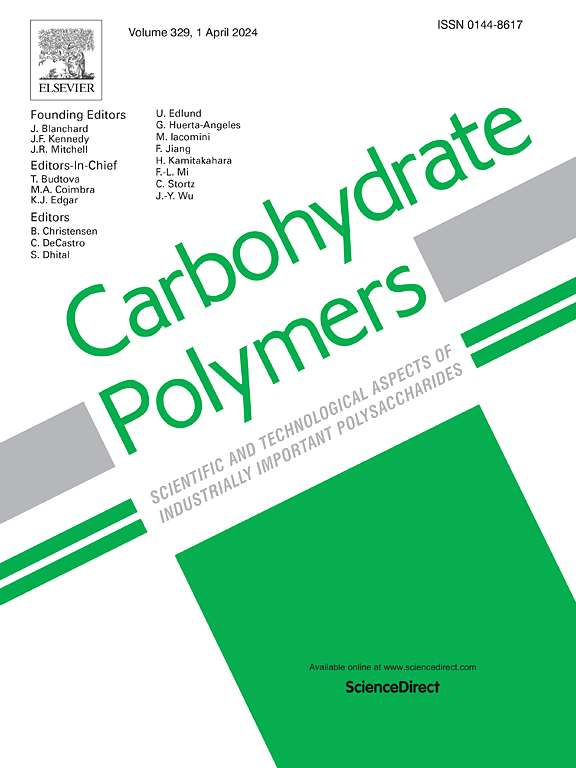Controlled green heterogenous functionalization of cellulose via strategic reaction system design
IF 10.7
1区 化学
Q1 CHEMISTRY, APPLIED
引用次数: 0
Abstract
Green chemical modification of cellulose presents a unique chemical challenge, especially from the vantage point of sustainable development that is favored by the use of wood fibers, heterogeneous conditions, and reactants and solvents of biobased relevance. However, heterogeneous conditions imply that cellulose is a supramolecular assembly whose composition and build-up depend on the initial source and pretreatments. Also, understanding reaction outcomes is accompanied by inherently challenging characterization. The key question is how we should design our reaction systems to achieve customizable and green functionalization of cellulose under heterogeneous conditions. To explore this, we selected never-dried high-content cellulose fibers (>96 % cellulose) as the substrate for the modification with three relevant biobased reactants (succinic, maleic, and crotonic anhydride), with BBIL-AcO as a biobased reactivity promoter. The reactions were performed under either high fiber swelling (basic) or low fiber swelling (acidic) heterogeneous conditions, and the outcome was analyzed in detail. The results unravel clear design strategies for controlling the reaction outcome during the green heterogeneous functionalization of cellulose and present clear synthetic strategies for using cellulose as the key substrate in the next generation of fully biobased and green materials.

求助全文
约1分钟内获得全文
求助全文
来源期刊

Carbohydrate Polymers
化学-高分子科学
CiteScore
22.40
自引率
8.00%
发文量
1286
审稿时长
47 days
期刊介绍:
Carbohydrate Polymers stands as a prominent journal in the glycoscience field, dedicated to exploring and harnessing the potential of polysaccharides with applications spanning bioenergy, bioplastics, biomaterials, biorefining, chemistry, drug delivery, food, health, nanotechnology, packaging, paper, pharmaceuticals, medicine, oil recovery, textiles, tissue engineering, wood, and various aspects of glycoscience.
The journal emphasizes the central role of well-characterized carbohydrate polymers, highlighting their significance as the primary focus rather than a peripheral topic. Each paper must prominently feature at least one named carbohydrate polymer, evident in both citation and title, with a commitment to innovative research that advances scientific knowledge.
 求助内容:
求助内容: 应助结果提醒方式:
应助结果提醒方式:


